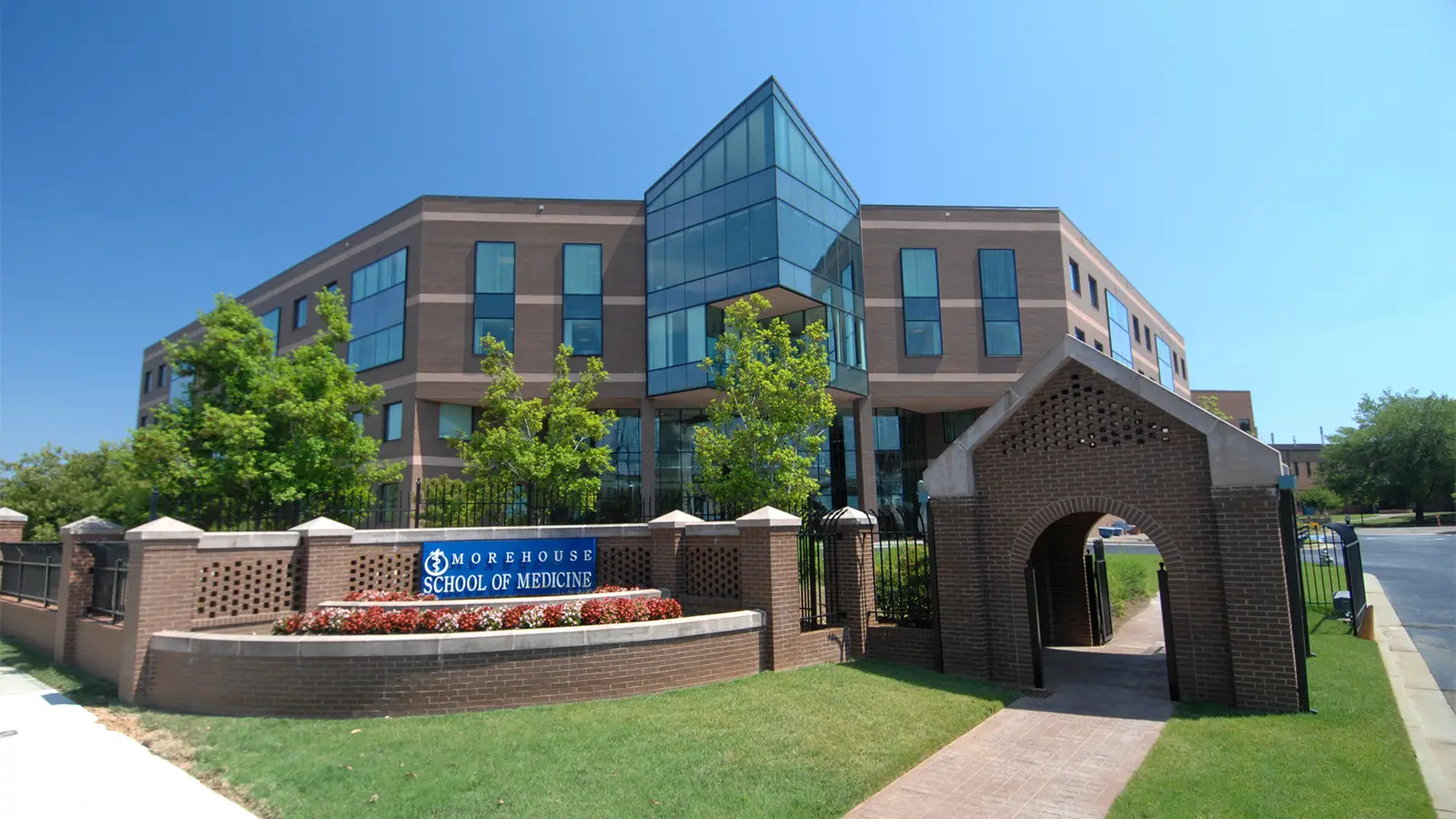By Rose Scott
Brandon Chiedo was raised a Jacksonville Jaguars fan, but he hopes to have a medical career that benefits any professional sports team. The NFL is looking for more medical students like Chiedo as they aim to diversify sports medicine.
Chiedo is among six Morehouse School of Medicine students who are receiving on-field training through the NFL’s Diversity in Sports Medicine Pipeline Initiative. He spent September learning from the medical team for the Atlanta Falcons.
“It was an honor to work alongside the entire medical staff of the Atlanta Falcons for that four-week experience,” said Chiedo. “It was cool to see how the physicians were able to balance their typical clinic schedules as well as their NFL responsibilities.”
He added that it was a dream come true to meet the Falcons football players and see how they prepared to perform for each game.
Chiedo, along with the NFL’s Chief Medical Officer Dr. Allen Sills, joined show host Rose Scott to discuss the initiative on “Closer Look.” Sills says this program is needed because, like the rest of the medical workforce, sports medicine is falling behind when it comes to representation and diversity.
“And that’s been a persistent problem,” said Sills. “If you look at the percentage of Black medical students in the total medical school population in the US, that’s not risen in about 40 years. So, there’s tremendous work to be done.”
“Working toward diverse representation across all roles in our league continues to be a top priority, and this program helps us make a tangible impact to grow and bolster a pipeline of diverse sports medicine professionals,” said NFL Commissioner Roger Goodell in a statement. “We know that diversity makes us stronger at every level, and we look forward to welcoming the 2023 class to our player care teams at clubs across the league.”
According to the Association of American Medical Colleges, during the 2022-23 academic year, “the number of Black or African American matriculants increased by nine percent” and “matriculants who are Hispanic, Latino, or of Spanish origin increased by four percent,” while “American Indian or Alaska Native matriculants declined by nine percent.”

